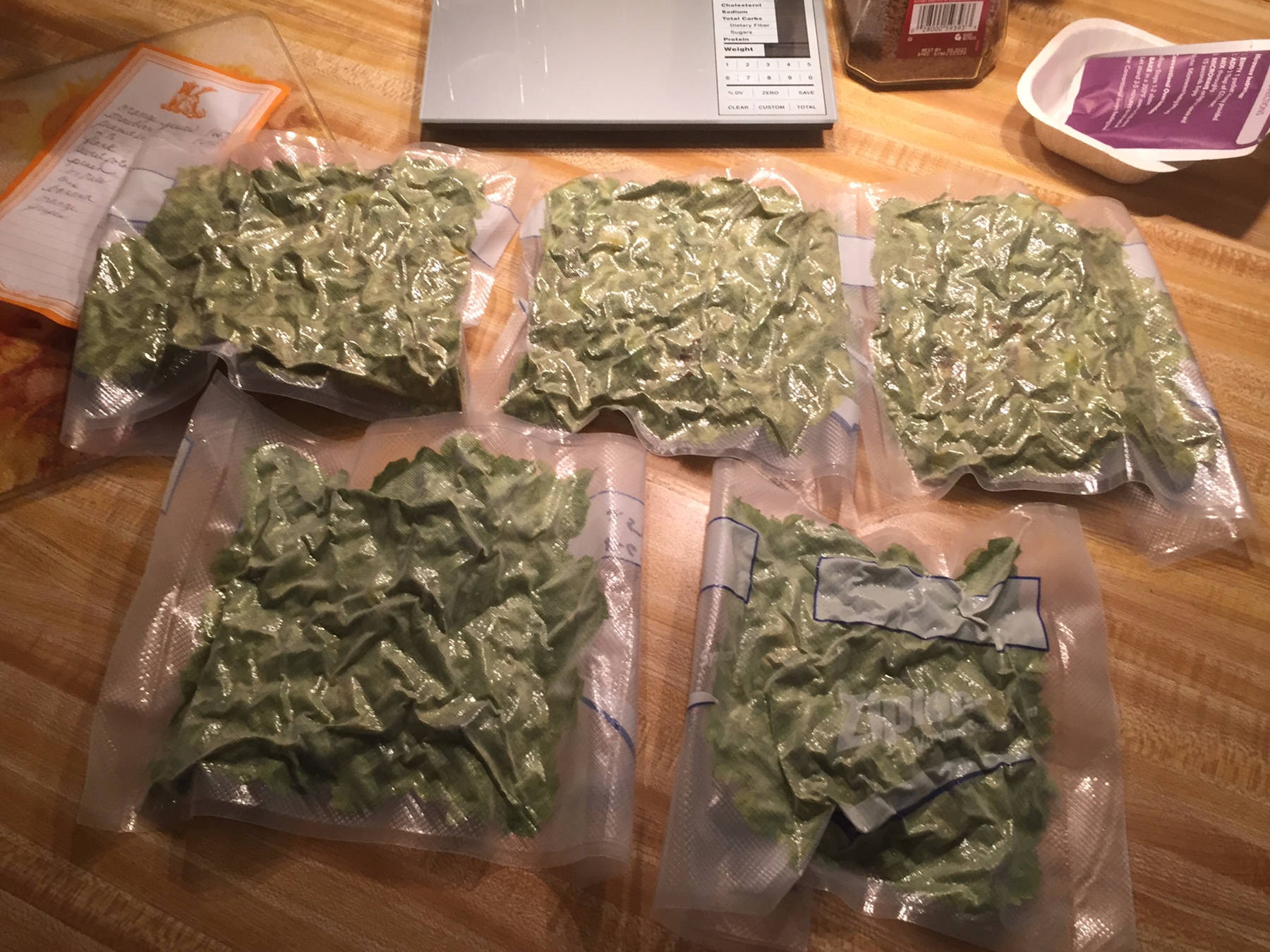FlabbyRoach
Well-Known Member
- Joined
- Jul 5, 2013
- Messages
- 71
- Reaction score
- 21

So I have approximately 12 ounces of hops from my yard last year. I dried them out for three days and then used food-saver to package them.
I have been brewing BIAB for three years now and have only used whole leaf hops once in that time. Last time I used the hops they sucked up a lot of wort so this time I going to use hop bags with each addition and squeeze them like crazy before the wort goes into the fermenter.
My question is this: What it the best way to add the hops without adding too much oxygen to them as I have read that oxygen is worse for leaf hops? I read where it is better to kneed the hops before adding to wort but won’t that add additional oxygen?
I am planning on using 2-1/2 oz first wort and then add 2-1/2 oz more at 30 minutes and 2-1/2 oz at 15 minutes and then 2-1/2 oz at five minutes then the balance at flameout.
I will use pellet hops for dry hop additions at 2nd day of fermentation and the another dry hop addition at 7 days for another week.
Just trying to figure out if I just poked a whole in the bags and then kneed the hops or just say screw it and open and throw in.
I am making an IPA with 12 pounds of Marris Otter and 2-1/2 pounds of Caravienna malts.
Next year I should have even more home grown hops so any info,would be helpful.
Thanks and cheers.


